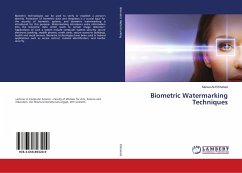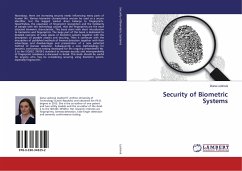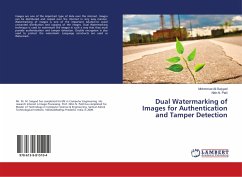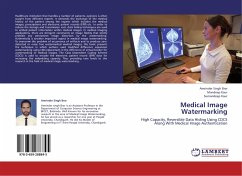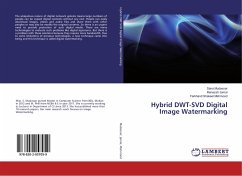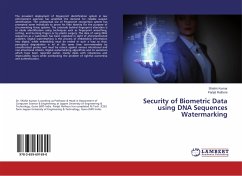
Security of Biometric Data using DNA Sequences Watermarking
Versandfertig in 6-10 Tagen
24,99 €
inkl. MwSt.

PAYBACK Punkte
12 °P sammeln!
The prevalent deployment of Fingerprint identification system in law enforcement agencies has amplified the demand for reliable suspect identification. The widespread use of Fingerprint recognition system has prompted some individuals to prove his fake identity for the purpose of circumventing these systems. The rationale behind fingerprint alteration is to elude identification using techniques such as fingerprint smoothing, cutting, and burning fingers or by plastic surgery. The idea of using DNA sequences as a watermark has been exploited in sight of aforementioned problem. Digital watermark...
The prevalent deployment of Fingerprint identification system in law enforcement agencies has amplified the demand for reliable suspect identification. The widespread use of Fingerprint recognition system has prompted some individuals to prove his fake identity for the purpose of circumventing these systems. The rationale behind fingerprint alteration is to elude identification using techniques such as fingerprint smoothing, cutting, and burning fingers or by plastic surgery. The idea of using DNA sequences as a watermark has been exploited in sight of aforementioned problem. Digital watermarking is the process of embedding information into digital, while embedding must be ended in such a way so that, perceptual degradation is nil at the same time non-removable by unauthorized parties and must be robust against various intentional and non-intentional attacks. Digital watermarking algorithms and its variations which have been reported earlier, mainly deals with robustness and impeccability issues while overlooking the problem of rightful ownership and authentication.



